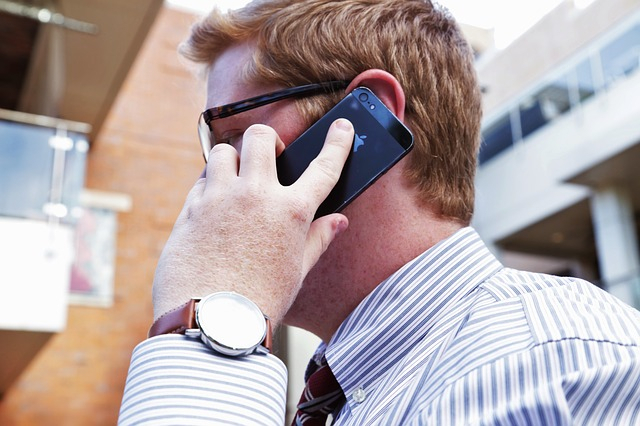
Ever since smartphones have become increasingly common around us, several claims have been going around suggesting a variety of things like lemons can charge phones and that signals emitted from a phone can harm humans. Well, several of these claims have been so widely circulated through the power of the internet that many people think they are true.
If you're an active WhatsApp user or scroll through social media endlessly, you must have come across posts or videos showing the perils of using smartphones or some insane phone tricks that will convince you to make it a habit.
At one point, there were reports that an iPhone can be charged inside a microwave and those who tried it can tell you how bad an idea was that. So before you start to believe everything that's out there on the internet, no matter how convincing, give it a sensible thought. No, bananas and lemons do not charge phones!
With the help of this article, we try to bust some of the popular smartphone myths that many are subconsciously following even today. You'll be surprised (or shocked) to know. Let's begin:
Closing background apps to avoid slowdowns, battery drain
This is one of the most common practices we've come across among smartphone users. Smartphone users must know that when an app isn't closed in the background, it takes less time to open. When an app is running in the background, the amount of battery it consumes is negligible, so this habit doesn't really give you those extra hours. In fact, the user experience takes a hit as apps would take slightly longer to launch when closed from the background.
Charging phones
There are two popular myths about charging phones that seem to be believed widely (not even considering the lemon charging trick here). One is leaving your phone plugged in overnight, which many think could destroy the phone's battery. Well, it's not true.
Majority of smartphones these days come with lithium-ion batteries, which stop charging when the battery is full. This feature prevents your phone's battery from going bad. But do note that phone batteries have a life, which is identified in terms of charging cycles and they could require a replacement at some point. The best indicator is when the phone doesn't last as long as it used to, consider swapping the battery.
Another popular myth concerning charging phones is that the battery must be drained to zero before recharging. This is not the ideal practice and definitely not going to give do any good to your battery. Li-on batteries are not the same as nickel-cadmium batteries for you to be practising this. It's best to maintain your phone's battery between 40-80 percent.
Using cell phones at petrol pumps
Well, it's hard to argue this. There are visible warnings against using cell phones when at a petrol pump, which elevates the risk of fire and that's a deadly combination.
First of all, there is no documented incident of using a cell phone at a petrol pump causing fire or worse, an explosion. But there is physics behind the warning. The logic here is that static electricity can ignite fires, and in a petrol pump, even a single drop of fuel around the car or pump nozzle can attract fire in its direction.
Now let's include the popular petrol pump warning into this scenario. Moving around between the fuel pump, back to your car and to then to the nozzle of the fuel pump can create static electricity. So it's not the cell phone or use of it that strikes potential danger while at a petrol pump and some agencies have even said the cell phones pose little to no danger at petrol pumps.
But you could save time arguing with the pump executive to avoid using a cell phone and simply get on with the task at hand. Not to mention, you can actually pay attention to the accurate readings on the pump meter.
But what we know for sure is to prevent smoking at a fuel station or lighting a match.
The quest for more megapixels in cameras
It is without a doubt that cameras in a smartphone have become extremely important and some people would decide to buy a phone based on its camera performance alone. But there's a popular myth that having more megapixels will lead to better photos.
Megapixels count in a camera but do not solely contribute towards a better camera experience. Some 12MP cameras can be better than 40MP cameras sometimes. Higher pixels count will definitely help if you are into printing your photographs, which is to retain details in print. But if you are satisfied with the digital form, there are several other aspects in a smartphone camera such as the size of the aperture (larger the better in low-light), type of the sensor, additional features such as image stabilisation and as the ongoing trend goes, software and AI.
More bars on phone = better network
The first thing we habitually check when someone asks if there's the network on the phone is how many bars can you spot on the phone. The bars simply indicate the signal strength and not the quality of the network per se.
For instance, you might have full five bars on the phone, yet experience trouble connecting a call, send a text or stream something. This is basically due to congestion in a network. You will experience this where there are a lot of people, in concert, malls, events and such.
If there are no bars on your phone, then there's no signal, which naturally means you're in a dead zone.









